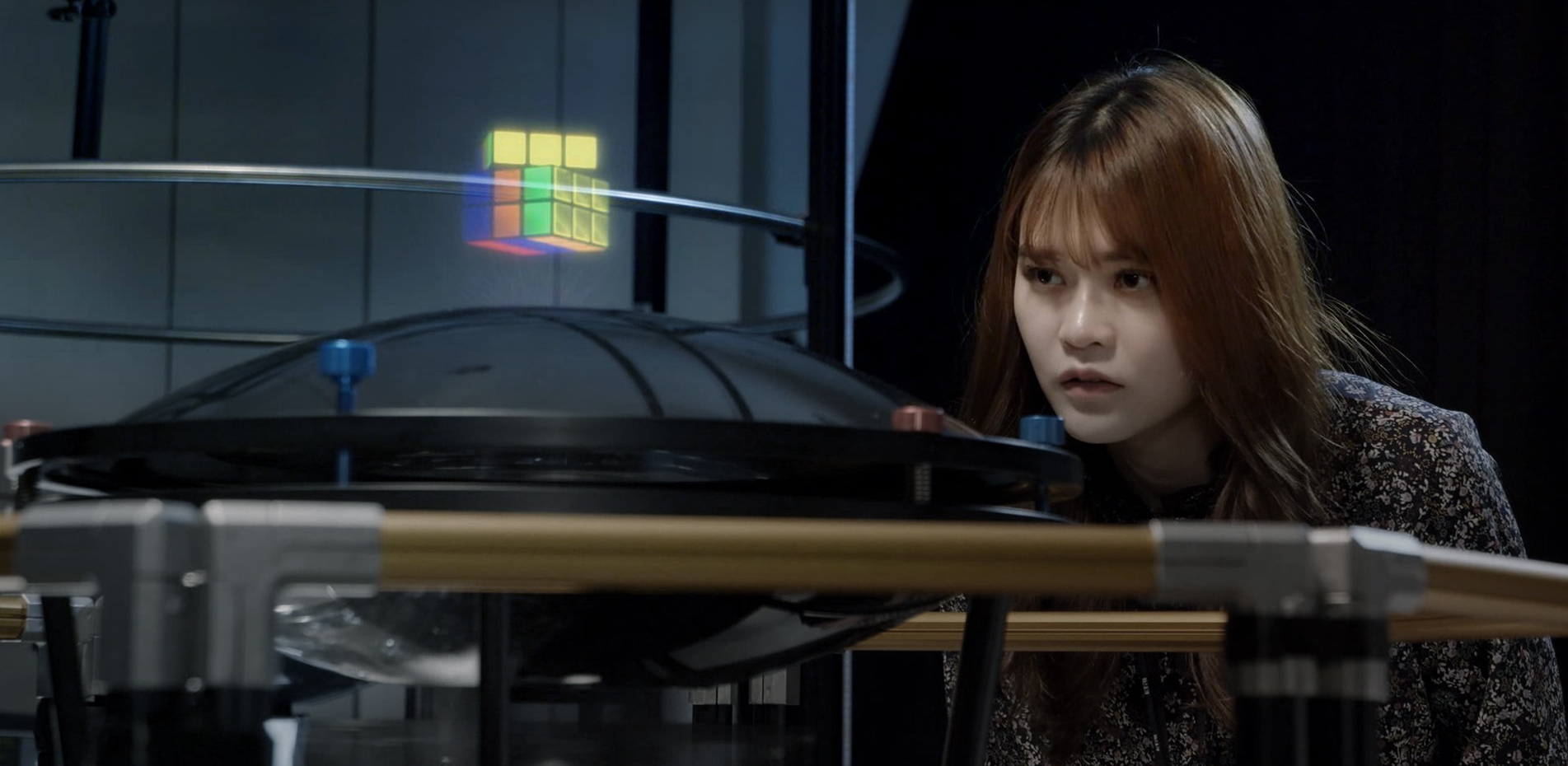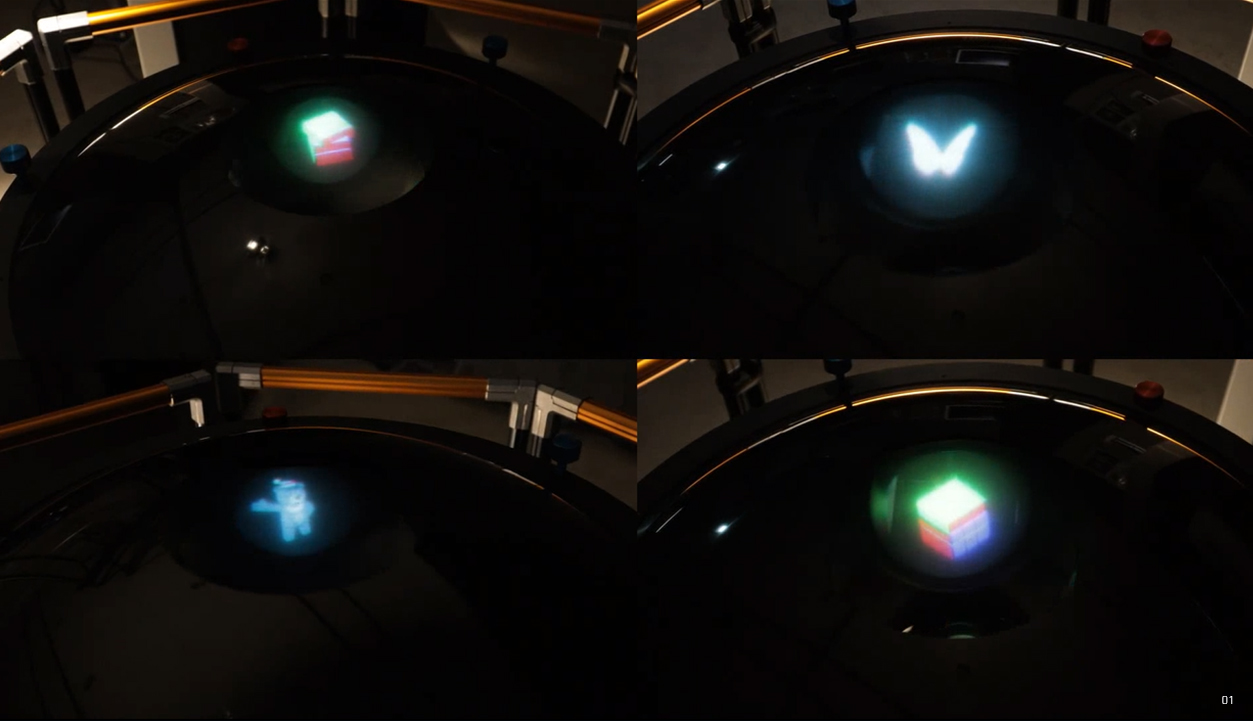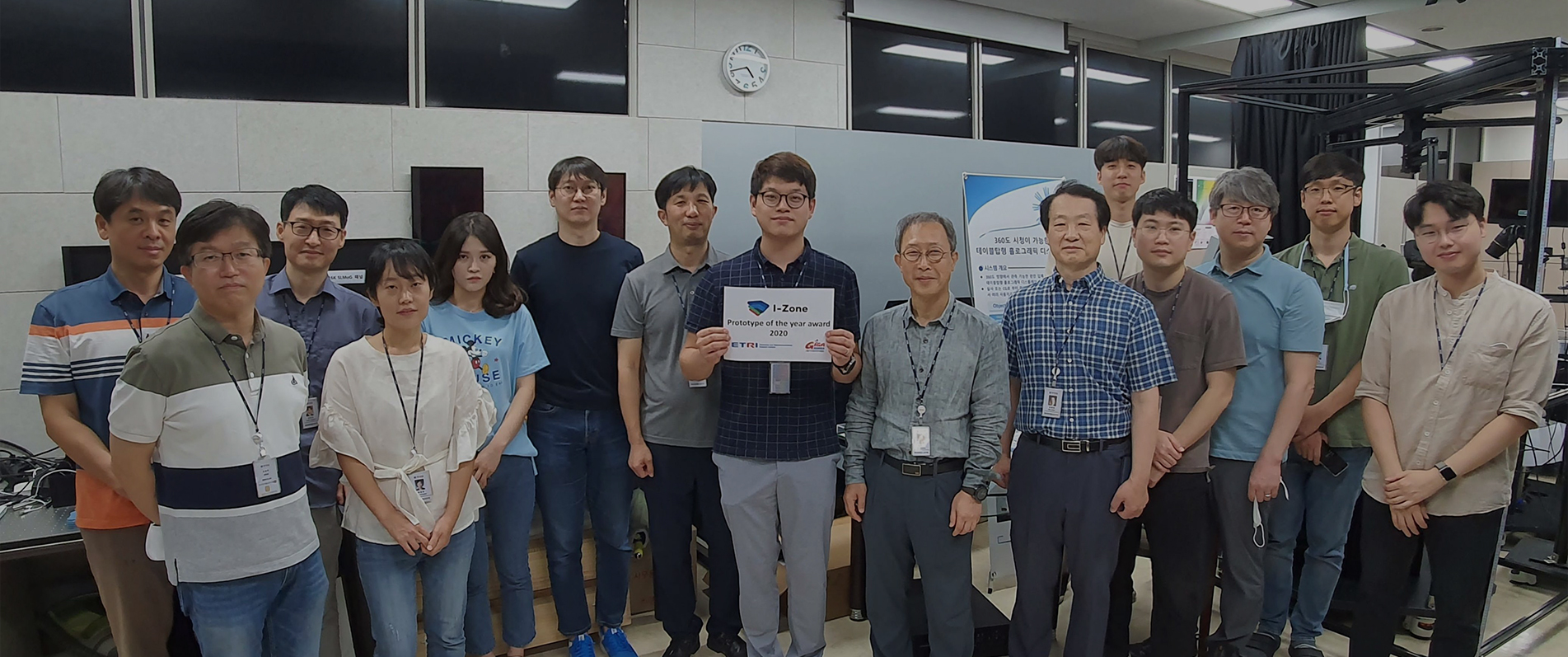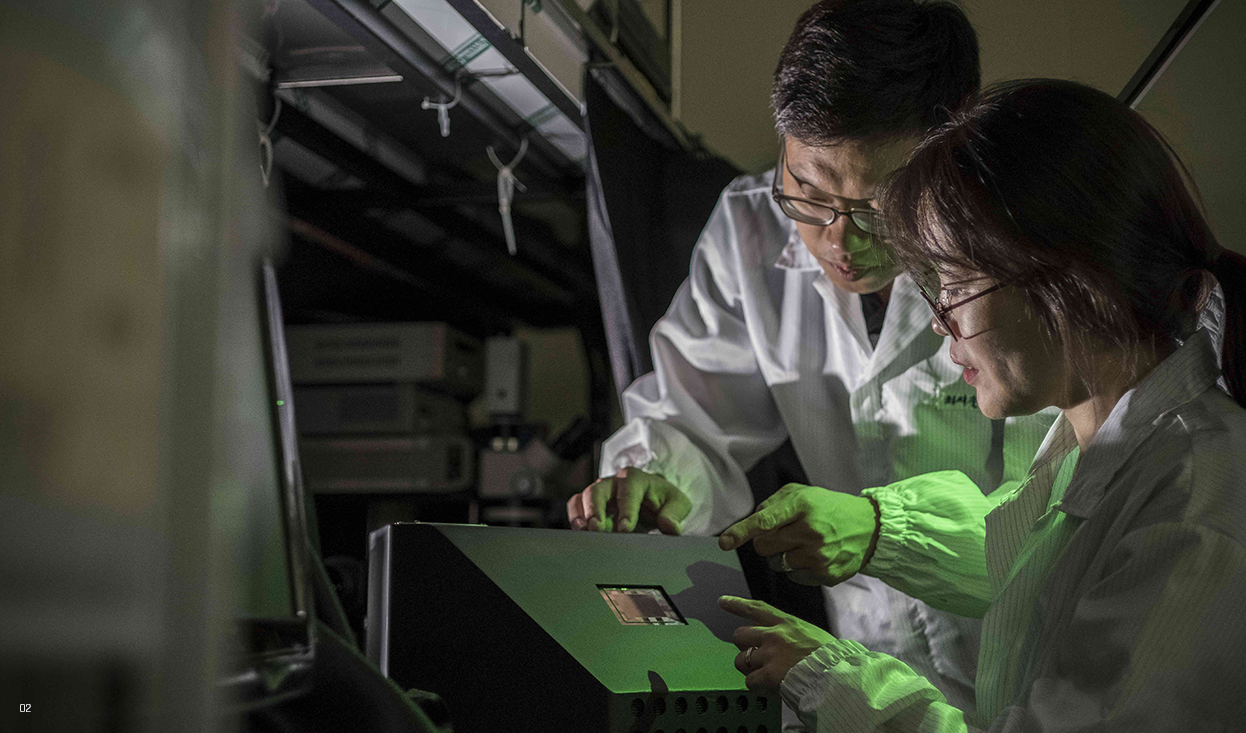
-
1㎛ pixel pitch panel, 360° table top hologram is exhibited.
Awarded for the first time to South Korea, a recognition of ETRI’s future display technology.
-
A hologram technology developed by South Korean researchers has won the top prize at one of the world's most renowned conferences on display technologies. It is anticipated that the award will be a chance for South Korea to earn recognition for its future display technologies, not just for its mass production capacities.
ETRI announced that it had won the top prize at Display Week 2020, an annual event that was hosted by the Society for Information Display (SID) in August last month.
As one of the world’s largest conferences on displays, SID’s Display Week has been showcasing new technologies developed at research institutes, universities, and companies since 2012. Unlike the regular exhibition spaces that display technologies that companies are readying for production, the I-Zone in the main exhibition hall receives particular interests because it only showcases future technologies. This is the first time the award was given to a technology developed in South Korea.
At this event’s I-Zone, ETRI introduced its 1μm pixel (world’s smallest) pitch Spatial Light Modulator(SLM) panel and 360° tabletop holographic display system. By being the first South Korean hologram technology to receive this award, which is given to the most outstanding technologies in the world, ETRI has been acknowledged by SID for its technological advancement in the area.
The 1μm pixel pitch panel technology won the distinguished paper award at the SDI’s Display Week conference last year. The researchers succeeded in implementing the technology in a panel after a year of developing the fabrication process and working on achieving uniformity. ETRI was invited by the organizers and given the honor of presenting its technology at the symposium.
-
I-Zone
Short for ‘Innovation Zone’
Pitch Spatial Light Modulator panel
Pixel pitch. Also called dot pitch, a unit
that represents the size of a pixel.
Spatial Light Modulator
(SLM)
Spatial Light Modulator

-
01
A hologram video played through 360˚
table-top hologram technology, an ETRI invention.
-
By using the principles of diffraction and interference of light, holograms form images in space. The phase and/or intensity of light is controlled by a panel called spatial light modulator (SLM), Using this method, hologram images can be reproduced naturally without the need for a separate optical unit.
The smaller the size of the pixel on the spatial light modulator panel, the larger the viewing angle that is holograms. Researchers managed to decrease the pixel pitch of SLM panel to 1μm, which results in a viewing angle of as large as 30°.
The key innovation was their decision not to design the structure of pixels horizontally on the flat surface of the spatial light modulator panel, but on a vertically stacked one. Thereby they could minimize the area needed by the pixel components, fitting all into 1μm pixel width. What ETRI essentially created is a vertically stacked thin-film transistor (VST) structure.
The advantage of this technology is that the pixel pitch can be reduced without the need for any additional development of manufacturing processes. With this technology, 51 million pixels are created and put on a 1.3-inch sized panel. Reconstructed hologram images can be shown in such a way that different images are seen from different viewing directions within 30 degrees.
-
Vertically Stacked Thin-Film Transistor
A structure in which thin film transistors are rotated
at right angles to existing switching devices and stacked
on top of data electrodes.51 million pixels
16,000 x 3,200 pixels, UHD has 8,000,000 pixels

-
Unlike 2D displays, viewing angle of holographic displays reduce dramatically with increasing pixel size, making it difficult to produce large holograms. Thus it a very much desired that large-size SLM panel with very small pixel pitch is developed, which is regarded as major technical bottleneck to the commercialization of digital hologram. Currently, ETRI is developing a larger panel than what was exhibited in the SID. By the end of this year, ETRI will have completed the development of a 3.1 inch spatial light modulator having the resolution of 230 million pixels.
ETRI announced that it is also working on the color SLM panel, by which full color hologram images can be reproduced with just one panel instead of using three.
The other technology ETRI introduced in the I-zone exhibition is a system that reproduces volumetric color holographic images that can be seen in all directions. The system uses high speed digital micro-mirror device (DMD) as the spatial light modulator. The system allows images of as large as 5 inches viewed from horizontal 360° and vertical 20° viewing angles, by multiplexing and stitching hundreds of digital holograms.
-
230 million pixels
72,000 x 3,200 pixels
-
02
Developing reenactments of
hologram videos. 
-
By applying unique optical design methods, ETRI researchers developed a tabletop holographic display system, which was the first and still the only system that multiple viewers can freely see and interact with, perceptually floating in the air, dynamic hologram images. Inside the system, high-speed data transfer at a rate of more than 30Gb/s to a spatial light modulator enables the synchronized hologram image reconstruction.
In 2015, ETRI introduced the world's first tabletop color digital holographic display system. ETRI has since been continuously improving holographic display system technologies, for image size and quality improvement.
Dr. Jinwoong, Kim from ETRI’s Digital Holographic Research Center said, “The 1 μm pixel SLM panel technology is expected to be used extensively since it can be adopted not only for implementation of holograms, but also various ultra-high resolution displays such as micro-display (μLED), augmented reality (AR), and virtual reality (VR), and high-speed communication components and imaging devices.”

